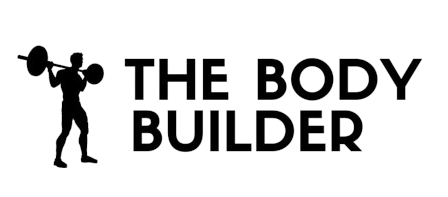Single-arm side deadlift
Benefits Of This Exercise
- The single-arm side deadlift develops full-body strength and coordination.
- It is a serious core challenge to resist tipping to the side.
- The exercise also provides a significant challenge to grip.
- It is an excellent accessory movement for the deadlift.
- The exercise can be used as part of a strength training program or as a standalone exercise.
- It can also be used as a warm-up before more intense activities.
- Performing the exercise with low to moderate reps (5-8 per side) will emphasize proper form and movement quality.
- Doing so will also reduce the risk of injury and ensure the intended muscles are being targeted.
- Overall, the single-arm side deadlift is a great way to challenge your body and improve fitness.
Step by Step Instructions For Single-arm side deadlift
- Stand to the side of a barbell next to its center. Bend your knees and lower your body until you are able to reach the barbell.
- Grasp the bar as if you were grabbing a briefcase (palms facing you since the bar is sideways). You may need a wrist wrap if you are using a significant amount of weight. This is your starting position.
- Use your legs to help lift the barbell up while exhaling. Your arms should extend fully as bring the barbell up until you are in a standing position.
- Slowly bring the barbell back down while inhaling. Tip: Make sure to bend your knees while lowering the weight to avoid any injury from occurring.
- Repeat for the recommended amount of repetitions.
- Switch arms and repeat the movement.
Caution: This is not an exercise that is recommended for people with lower back problems. Also, jerking motions or doing too much weight can injure your back.
Variations: The exercise can also be performed with a dumbbell as described above.
Warm Up Tips
- Start by standing to the side of a barbell next to its center. Bend your knees and lower your body until you can reach the barbell.
- Grasp the bar with one hand, as if you were grabbing a briefcase. Your palms should be facing you since the bar is sideways. Consider using a wrist wrap if you are using a significant amount of weight.
- Using your legs, lift the barbell up while exhaling. Fully extend your arm as you bring the barbell up until you are in a standing position.
- Slowly lower the barbell back down while inhaling. Remember to bend your knees to avoid any potential injury.
- Repeat the movement for the recommended number of repetitions.
- Switch arms and repeat the exercise to work both sides of your body.
Caution: This exercise is not recommended for individuals with lower back problems. Avoid jerking motions and using excessive weight to prevent back injuries.
Variations: You can also perform this exercise with a dumbbell instead of a barbell.
Warm-up tips for the single-arm side deadlift:
- Start with some light cardio, such as jogging or jumping jacks, to increase blood flow and warm up your muscles.
- Perform dynamic stretches for your shoulders
Single-arm side deadlift Safety Tips
- Ensure proper form: When performing the single-arm side deadlift, make sure to maintain proper form throughout the exercise. This includes bending your knees, keeping your back straight, and engaging your core.
- Start with a suitable weight: Begin with a weight that you can comfortably handle and gradually increase the weight as you become stronger and more comfortable with the exercise.
- Use wrist wraps if necessary: If you are using a significant amount of weight, consider using wrist wraps to provide extra support and stability for your wrists.
- Engage your legs: Use your legs to help lift the barbell up, rather than relying solely on your arm strength. This will help distribute the weight evenly and reduce strain on your arms and back.
- Control the movement: Slowly bring the barbell back down to the starting position to avoid any jerking motions or sudden movements that can strain your back or cause injury. Focus on maintaining control throughout the entire exercise.
- Switch arms: To ensure balanced muscle development, be sure to switch arms and repeat the movement for both sides.
- Avoid if you have lower back problems: If you have lower back problems or are experiencing any pain or discomfort, it is recommended to avoid this exercise. Consult with a healthcare professional for alternative exercises that are suitable for your condition.
- Do not overload the weight: Avoid using too much weight that can strain your back

